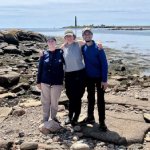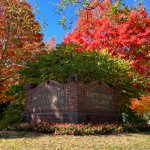
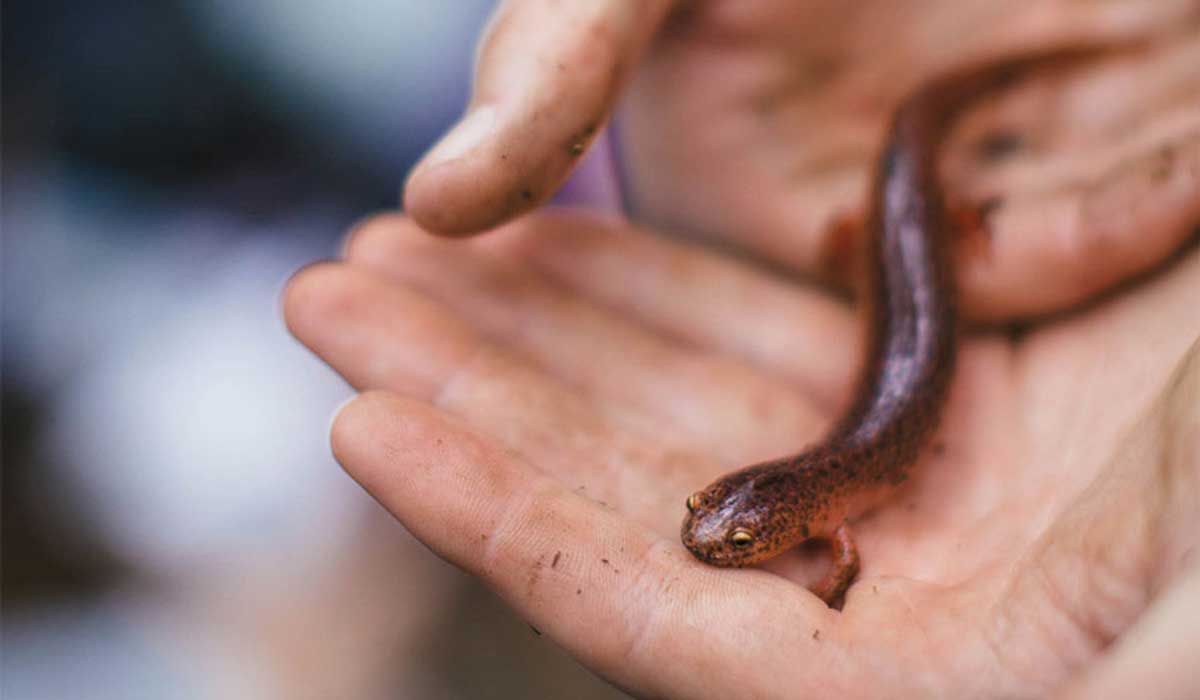
Fifteen years ago, Gettysburg College biology Prof. Ryan Kerney was on a walk in the woods when he stumbled upon green salamander eggs. Little did he know that, years later, his chance finding would inspire an in-depth study of symbiosis.
“The spark in research is going outside and finding cool things—being inquisitive, experiencing the natural world, and interacting with the diversity of life,” Kerney said. After years of research, Kerney would ultimately discover how algae cells can enter host cells in salamander eggs during embryonic development.
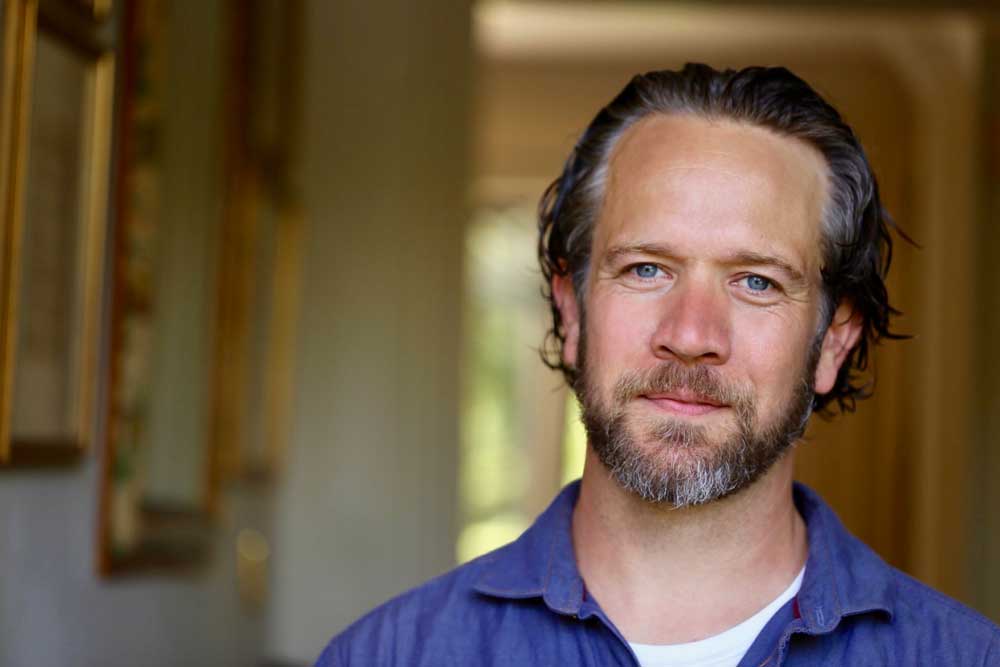
While Kerney’s research project began in Canada while conducting post-doctoral research at Dalhousie University, it wasn’t until he joined Gettysburg College as a faculty member in the biology department that the research extended to a larger network. The project, funded by grants from the National Science Foundation and Moore Foundation, has since gained collaborators including the American Museum of Natural History and other higher education institutions such as the University of Arizona, Stony Brook University, and Bigelow Marine Labs.
The research team’s work has recently revealed a new twist in the symbiotic relationship between spotted salamander embryos and the algae that live inside its eggs. After supplying collaborators with the embryos, Kerney then helped the team analyze the data, which showed that the eggs appear to compete with the algae to assimilate carbon from their surroundings. This finding could inform similar processes in the dark ocean, as the processes taking place in the eggs might parallel those happening in some ocean microbes.
Kerney finds joy in the collaborative aspects of the project, and he attributes the large-scale interest it has acquired to its broad and forward-looking goal: understanding the rules of engagement occurring in cell biology to better understand how larger systems may function.
Through his research, Kerney has also offered STEM students at Gettysburg an opportunity to develop their academic pursuits outside of the classroom through hands-on, collaborative learning.
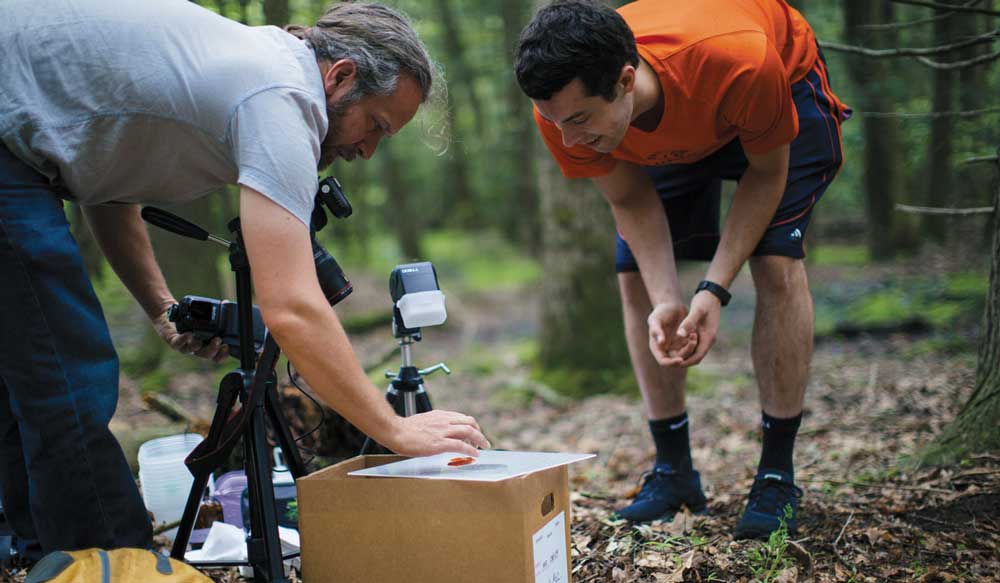
“The research presents opportunities for students to do hands-on research and move the ball forward in important topics,” Kerney said. “It is gratifying how students develop scientific lives in Gettysburg.”
One of Kerney’s many students who have plugged into the research program is Matthew Cherubino ’22, a biochemistry and molecular biology major. Cherubino developed a salamander tail-tip regeneration assay with Kerney in 2019, and has now assembled a team of fellow undergraduates who are working to identify molecules from the algal symbiont that affect salamander regeneration. After eight experiments, the students have determined that the algal cells promote regeneration and are beginning to explore the chemicals that account for this benefit.
“By studying metabolites affecting regeneration, we hope to better understand why salamanders are better regenerators than humans,” Cherubino said. “Such discoveries have implications for human healing.”
Kerney’s research project is ongoing, and he will continue to focus on algal symbiosis as well as skeletal and lung development in salamanders. Together, he and his students will continue on the path of scientific discovery and plan to eventually publish their findings in peer-reviewed journals.
By Merlyn Maldonado Lopez ’22
Photos by Miranda Harple and courtesy of Ryan Kerney
Posted: 01/12/21
